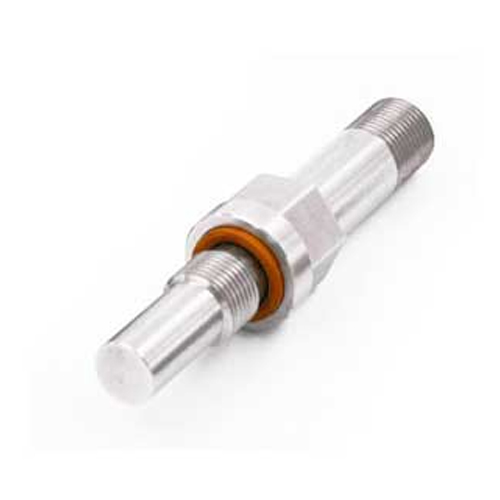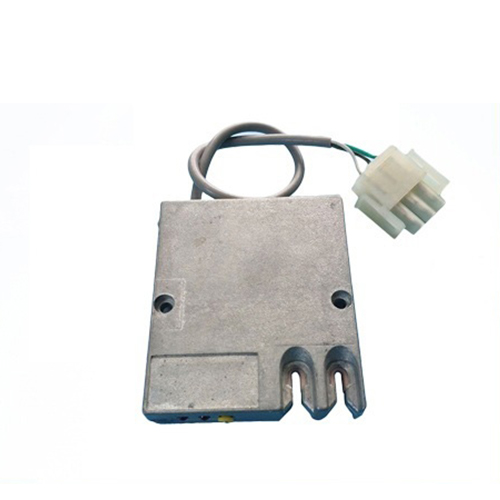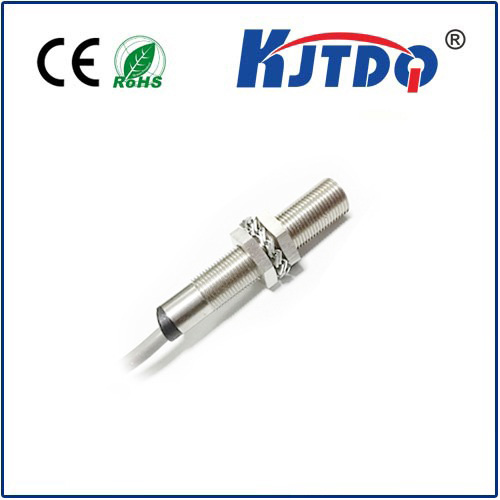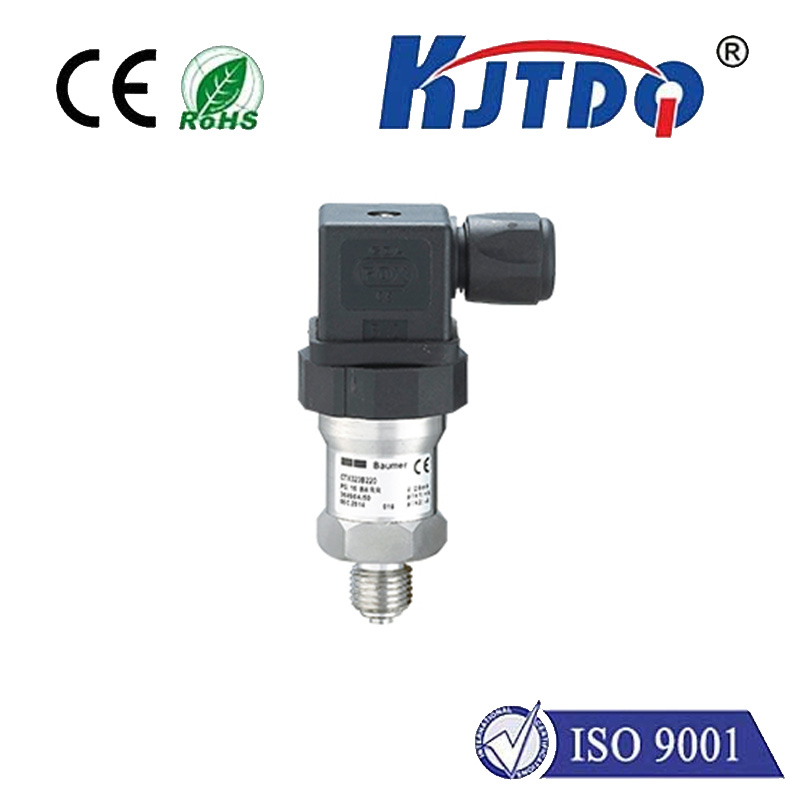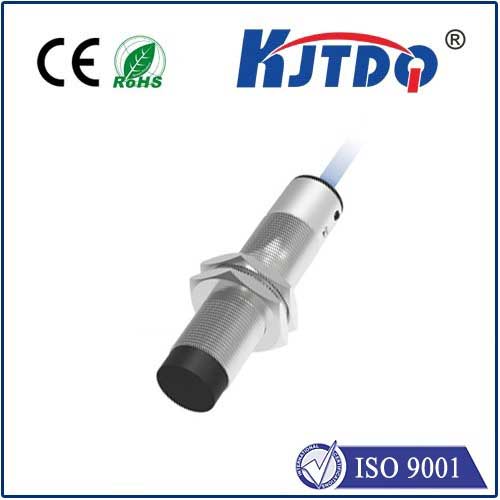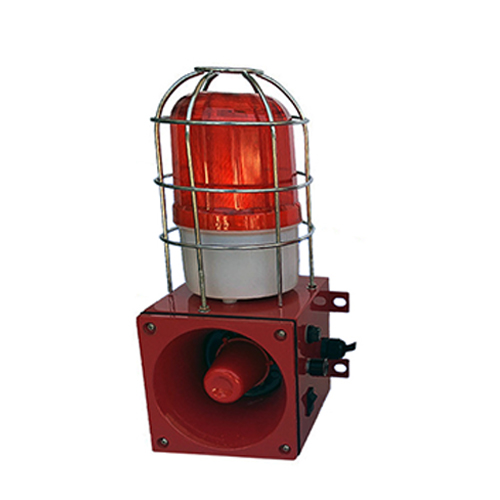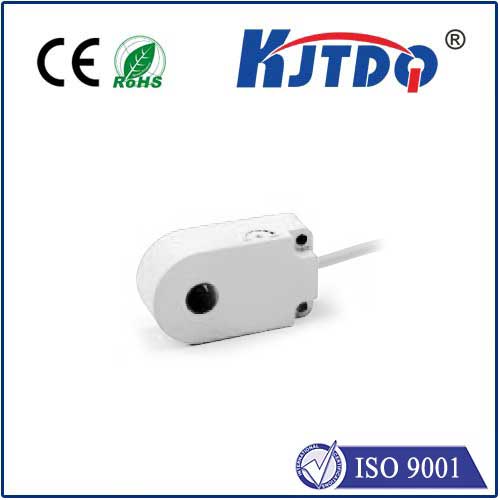proximity sensor for distance measurement
- time:2025-07-15 08:39:27
- Нажмите:0
Measuring Distance Without Touch: The Power of Proximity Sensors
Imagine a robotic arm assembling a smartphone. It needs to precisely place the delicate camera module without physically bumping into it. Or picture a car controlling its headlights, dimming them automatically before blinding an oncoming driver. At the heart of such seemingly intelligent actions lies a simple yet critical component: the proximity sensor for distance measurement. These unassuming devices are the silent workhorses enabling non-contact object detection and distance quantification across countless industries. But how exactly do they transform the abstract concept of “distance” into usable digital or analog signals? Let’s delve into the fascinating world of proximity sensing.
Unlike traditional methods involving rulers or calipers, proximity sensors operate without any physical contact. They infer the presence or absence of an object and, crucially, measure the distance to that object by detecting changes in a local field or by emitting energy and analyzing its return. This non-contact nature is their primary superpower, eliminating wear and tear, enabling high-speed operation, and functioning reliably in harsh environments where dirt, oil, or vibration would cripple mechanical sensors.
The magic happens through distinct physical principles, leading to several primary датчик приближения types, each excelling in specific distance measurement scenarios:
- Inductive Sensors: These stalwarts detect the presence of metallic objects. An internal coil generates an oscillating electromagnetic field. When a metal target enters this field, it induces eddy currents within the metal. These currents absorb energy from the sensor’s coil, causing a measurable change in the oscillation amplitude or frequency. The sensor’s electronics interpret this change to detect the object and provide an output signal proportional to the distance between the sensor face and the target. Ideal for metal detection in industrial automation (e.g., robot end-effector positioning, part counting), their sensing range is typically limited (a few millimeters to tens of millimeters), but extremely robust.
- Capacitive Sensors: These versatile sensors detect both metallic and non-metallic objects (plastics, wood, liquids, powders) by exploiting capacitance. The sensor’s active face acts as one plate of a capacitor; the target object acts as the other plate (or influences a ground plate). The distance between these “plates” directly affects the capacitance. As a target approaches, the capacitance increases. The sensor monitors this capacitance change, triggering an output or providing an analog signal representing the distance. Widely used for distance measurement and level sensing of liquids or granular materials, presence detection in packaging lines (e.g., ensuring a bottle cap is present, regardless of material), and touch interfaces.
- Ultrasonic Sensors: These sensors emit high-frequency sound waves (inaudible to humans) and measure the time it takes for the echo to return after bouncing off a target. Since the speed of sound in air is relatively constant, the Time-of-Flight (ToF) calculation (
Distance = (Speed of Sound × Time)/2) provides a reliable distance reading. Ultrasonic sensors excel at measuring longer ranges (from centimeters to several meters) and work well with diverse materials, surfaces, and even in dusty or misty conditions. Common applications include obstacle detection in robotics and AGVs (Automated Guided Vehicles), liquid level monitoring in tanks, and parking assistance systems.
- Optical Proximity Sensors: This category uses light, often infrared (IR), and includes several sub-types:
- Photoelectric (Diffuse/Reflective): Emits a light beam; detection occurs when the beam reflected off the target reaches the receiver. Distance range and accuracy depend heavily on target reflectivity and color.
- Through-Beam: Uses separate emitter and receiver units; detection occurs when an object interrupts the light beam. Excellent for long-range detection but requires careful alignment.
- Time-of-Flight (ToF) Optical: Similar to ultrasonic ToF but using light (laser or IR LED). Emits a light pulse and measures the time for its reflection. Offers high speed and precision for shorter to medium distances, increasingly popular in robotics (collision avoidance), gesture control, and 3D scanning.
- Laser Triangulation: Projects a laser point onto the target. A receiver (like a small camera) views this point from a known angle. As the target distance changes, the position of the laser point on the receiver shifts. Using triangulation geometry, the sensor calculates the exact distance with high precision, often used in quality control for height or thickness profiling.
How Proximity Sensors Excel at Distance Measurement:
- Non-Contact Operation: The fundamental advantage, ensuring zero mechanical wear, contamination-free operation, and suitability for delicate targets or high-speed applications.
- High Reliability and Long Life: Few moving parts (often none) translate to robust performance and long service life, especially in tough industrial environments.
- Fast Response Times: Particularly inductive, capacitive, and optical ToF sensors react extremely quickly to distance changes, crucial for dynamic automation processes and safety systems.
- Environmental Resilience: Many types (especially inductive) resist dust, moisture, vibration, and extreme temperatures far better than contact-based sensors.
- Многогранность: From detecting tiny components on a PCB to monitoring the level in a large silo, a proximity sensor type exists for a vast range of distance measurement needs and target materials.
Key Applications Driving Demand:
The ability to measure distance quickly, reliably, and without contact makes proximity sensors indispensable in modern technology:
- Промышленная автоматизация: Precise positioning of robotic arms, assembly line part verification, machine guarding, fill level control, and object counting.
- Automotive: Parking sensors, collision avoidance systems, blind-spot monitoring, automatic headlight control, and rain/light sensors.
- Consumer Electronics: Smartphone screen blanking during calls, touchless faucets, robot vacuum navigation, gesture interfaces, and laptop power-saving features (detecting closed lid).
- Воздушно - космические и Оборона: Landing gear position sensing, drone obstacle avoidance, munitions proximity fuzes.
- Building Automation & Security: Automatic doors, elevator position sensing, intruder detection systems, and lighting control.
- Medical Devices: Fluid level monitoring, infusion pump control, and precise instrument positioning.
Choosing the Right Sensor for Distance Measurement:
Selecting the optimal датчик приближения requires careful consideration:
- Target Material: Metallic only? (Choose inductive). Non-metallic or liquid? (Choose capacitive or ultrasonic). Diverse or unpredictable targets? (Ultrasonic or optical ToF often work well).
- Required Sensing Range: Short-range metal positioning? (Inductive). Medium-range object detection? (Capacitive, Optical Diffuse). Longer-range level sensing? (Ultrasonic).
- Accuracy & Resolution Needs: High-precision profiling? (Laser triangulation). General presence vs. precise distance? (Defines if a simple on/off switch or an analog/IO-Link sensor is needed).
- Environmental Conditions: Presence

